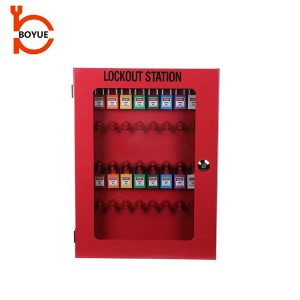Understanding Relevant Personnel Responsibilities
In any industrial environment, Lockout/Tagout (LOTO) procedures are essential to safeguard workers during equipment servicing. Relevant personnel, including operators and technicians, must be trained to identify energy hazards, recognize power separation devices, and follow strict safety steps. Their role includes ensuring machinery is fully shut down before repairs and preventing unintentional startups.
Defining the Person in Charge
The person in charge is responsible for implementing and overseeing LOTO procedures. This includes verifying the isolation of all energy sources, applying lockout devices, and maintaining clear communication among all involved personnel. Their leadership ensures that maintenance activities are conducted under controlled and safe conditions.
Role of Power Separation Devices
A power separation device is a mechanical component that isolates energy sources from equipment. Whether electrical, hydraulic, pneumatic, or thermal, these devices prevent the release or transmission of energy during servicing. Proper use of these devices is crucial in eliminating residual energy risks.
Identifying and Managing Different Energy Types
LOTO procedures must account for all types of energy—electrical, mechanical, hydraulic, pneumatic, chemical, and thermal. Each type demands specific control techniques to ensure safety. For example, electrical systems require breaker isolation, while hydraulic systems need pressure relief.
Effective Lockout Application for Safety
Lockout involves applying a lock to a power isolation device, ensuring machinery cannot be reactivated during maintenance. Tags are added to provide warning and accountability. Lockout devices must be durable, standardized, and clearly labeled. The final verification step confirms complete isolation before any work begins.
A strong LOTO policy, combined with routine training and regular audits, forms the backbone of effective maintenance management and workplace safety.
Post time: Jun-09-2025

